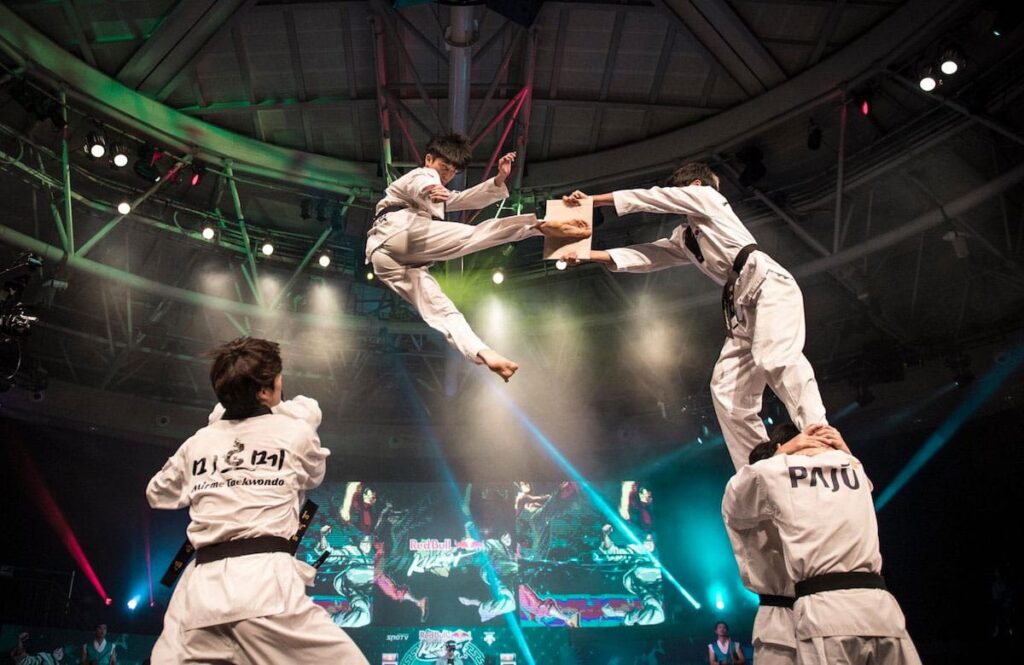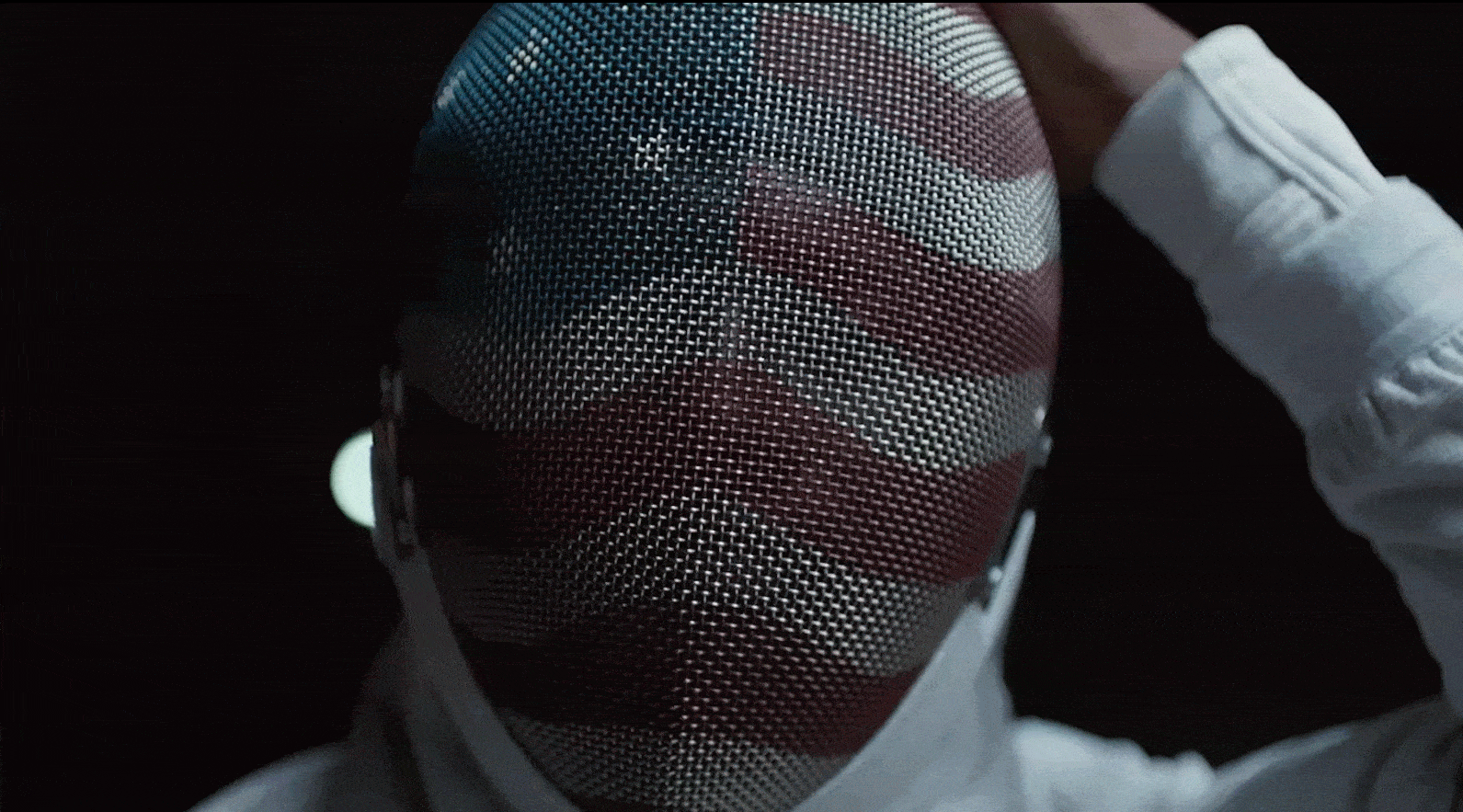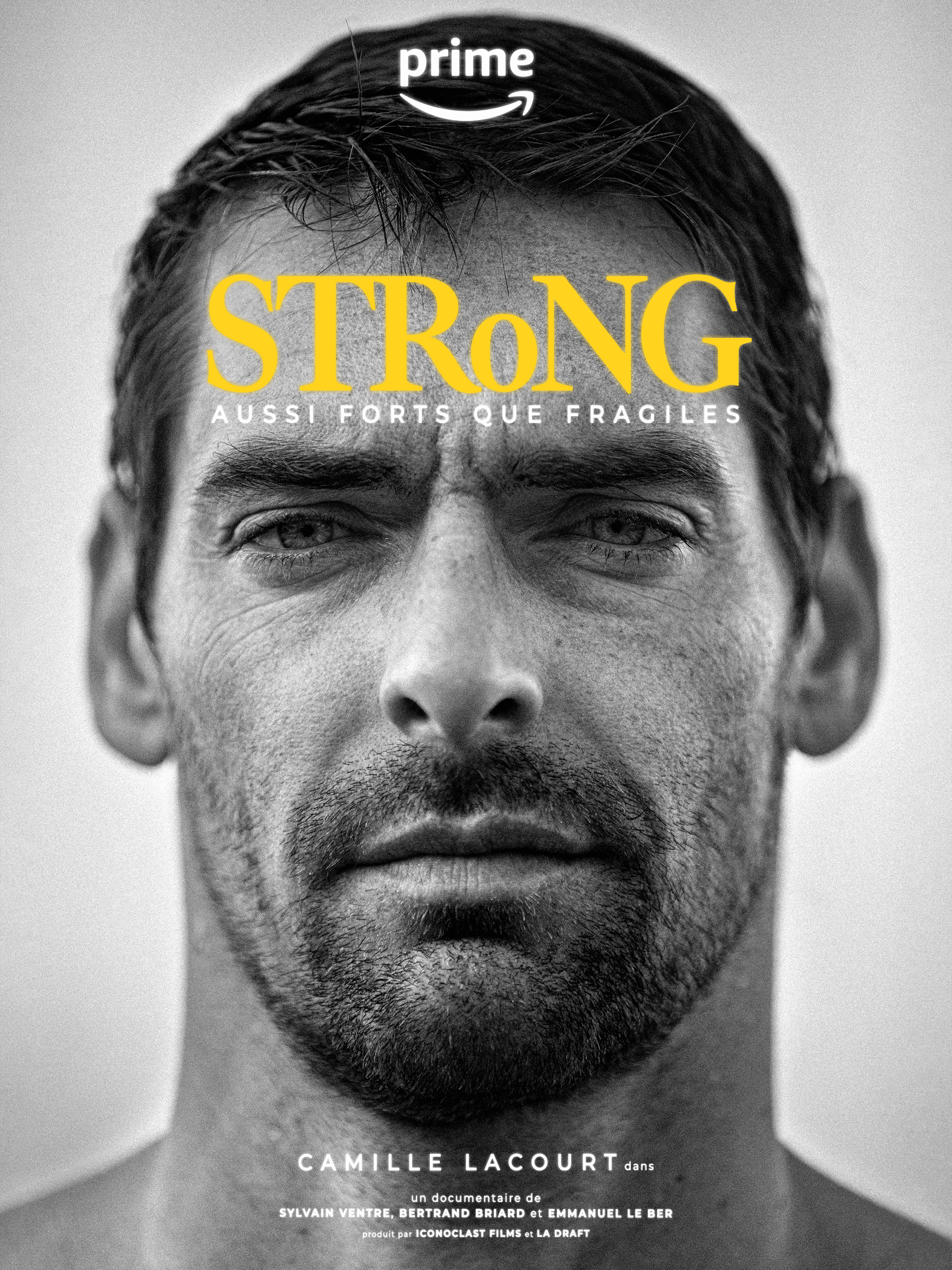
A martial art, Wikipedia tells us, is a style or school primarily focused on combat techniques, whether unarmed or with a weapon. Historically, and we emphasize this point, this training incorporates a spiritual and moral dimension aimed at self-mastery (essential both for renouncing combat if it can be avoided and for facing it if necessary), and is enriched with a variety of knowledge: cultural, philosophical, and medical, to name a few.
Thus, martial arts aim for the holistic development of the individual: external (strength, flexibility), internal (energy, health), intellectual, and moral. This definition is not surprising. The image of martial arts goes beyond what we usually associate with sports. There is an underlying philosophy, which is even ingrained in our collective consciousness.
Martial arts hold a significant place in the French sporting universe. In a way, this link between Asia and the West is surprising, given the striking cultural differences, but it’s a delightful connection. In France, judo, karate, and taekwondo (to name a few) under the auspices of their respective federations, have a vast network of clubs, well distributed throughout the country, accessible and often well-organized.
Club life is naturally marked by welcoming practitioners and training, but ranking and competition play a significant role in the mindset. Another influencing factor in these sports’ popularity is their representation at the elite level. Champions and medals are needed. We see this with judo. Teddy Riner today, David Douillet in the past. The impact is positive, but the competitive aspect is disproportionately highlighted.
It’s all a matter of perspective, but martial arts, initially bearers of a specific philosophy, are now largely competition-oriented, which is their primary “storytelling” focus.
Between Asia and France, martial arts have somewhat lost their philosophical essence in favor of a Western, if not European, sporting perspective, considering modern sports’ cradle is English.
Where are we going with this? Martial arts would benefit from not only projecting themselves through “conventional” competition but also embracing the personal physical and mental journey that characterizes them originally (or as we like to imagine them). Take taekwondo as an example. It’s a genuine combat sport, aggressive and intense. Yet, its training is comprehensive, enriching, and balancing. It requires power, speed, strategy, and flexibility. Taekwondo is even an inspirational movement for modern practices like parkour or tricking. Taekwondo can be practiced without fighting. Poomsaes, for instance, are choreographies of imagined fights that require concentration, control, and energy.
So, can we envision an evolution in how martial arts are developed, transmitted, and communicated as tools for personal development, as much or more than as combat sports? Remember that many children come to the mats and dojos. This change could benefit both them and adults. By partially detaching these sports from competition, we also eliminate the age-related taboo, which is very much linked to competition. After all, one can start karate, judo, or taekwondo at 50 and reap vast benefits, both physically and mentally. Especially in this era of “health sport”…
Likewise, these sports could evolve towards modernization and openness. Again, we think of tricking, fitness, and even yoga, as flexibility is a significant part of taekwondo training. It’s no coincidence that Red Bull, a very progressive brand in its sports support, is involved. On this note, the evolution of a sport won’t solely depend on digitalization: an inadequately adapted offering remains imperfect even if digital – but by the modernity of its initial proposal.
In conclusion:
- Martial arts are not just about competition.
- One can practice a martial art without fighting.
- Their philosophy makes them powerful tools for personal development, both physically and mentally.
- Bridges exist between martial arts, fitness, and yoga, presenting a path for evolution.









